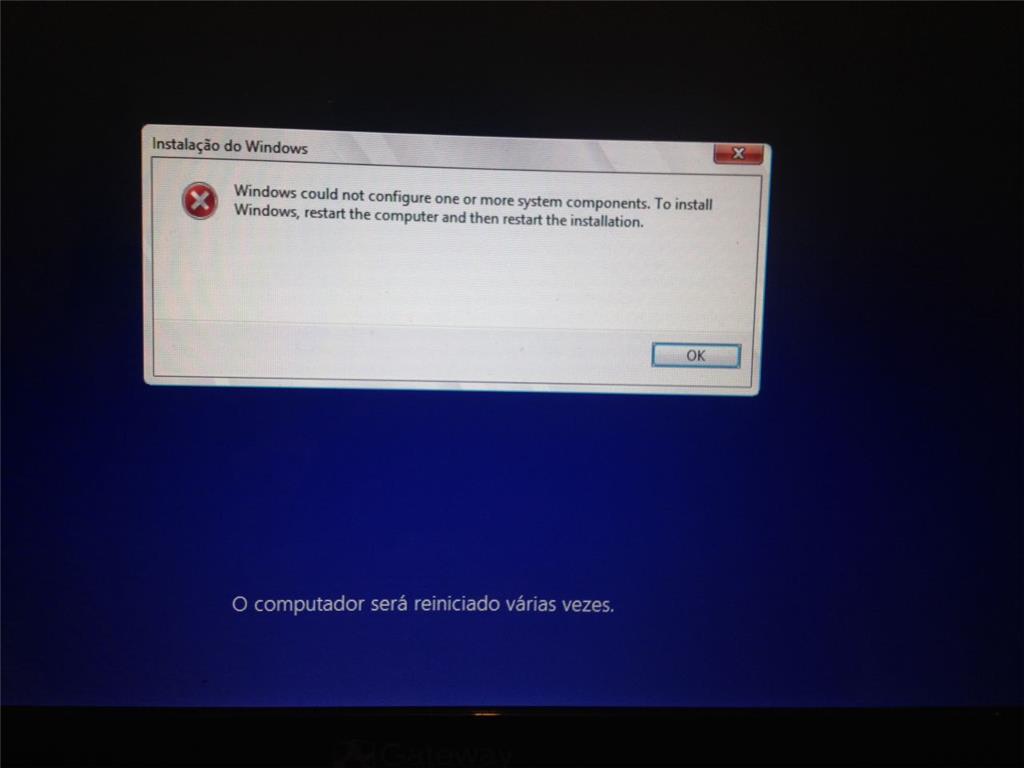Error With Microsoft Office Outlook Image Previewer Installation
New install of Windows 7 OEM with Office Pro 2013. Magic Calendar Maker V3.4 Full.key. When browsing the folders in Windows explorer, with the preview pane on, saved email messages do not preview and instead show a warning that says 'Microsoft Office Outlook. Either there is no default mail client or the current mail client cannot fulfill the messaging request.


Open any Office application, such as Outlook or Word. Microsoft Excel previewer. You have a Click-to-Run installation of Office 2016. Outlook image previewer. Discussion in 'Microsoft Outlook Discussion. Starting Microsoft Office Outlook image previewer'. Office 2007 image previewer error. Collaborate for free with online versions of Microsoft Word. Install Office; IT Pro. Excel, PowerPoint, Outlook, OneNote, OneDrive—and on your PC.
Please run Microsoft Outlook and set it as the default mail client.' Outlook is set as the default mail client.
Other files can be previewed on the same machine - PDF, XLS, DOC, JPG, etc. But not email. The exact same email file (located on a shared server folder) can be previewed on other machines on the network. The files open okay but give this error message each time.
(See photo) Thanks. I can confirm that it is the design of 64 bit MS Outlook 2013 or above which causes the problem. No fix at all.
Do not mess up your computer with registry edit as it will NOT help, msg files will not display in windows explorer preview pane using Outlook 2013 If you read all posts in the above question, you will know the registry edit will NOT work for sure as it is the design of 64 bit MS Outlook 2013 or above which 'does not have a previewer for MSG files' and it is not related to your setup. The only workaround is to install software like 'PowerDesk 9 Professional' as mentioned in the link below. I never said you were limited to 4 GB of memory. I never even said you were limited to a 32-bit CPU. I never even asked you a question, yet here you are detracting from the OPs issue. Intel Visual Fortran Compiler Professional Edition 11.1.
Read it for yourself then hit me up over IM if you want to continue to argue instead of hijacking this post 32-bit Office is recommended for most users We recommend the 32-bit version of Office for most users, because it's more compatible with most other applications, especially third-party add-ins. This is why the 32-bit version of Office 2013 is installed by default, even on 64-bit Windows operating systems.
On these systems, the 32-bit Office client is supported as a Windows-32-on-Windows-64 (WOW64) installation. Shadow The Hedgehog Dolphin Iso. WOW64 is the x86 emulator that enables 32-bit Windows-based applications to run seamlessly on 64-bit Windows systems.
This lets users continue to use existing Microsoft ActiveX Controls and COM add-ins with 32-bit Office. Jackie, recommending to reinstall with different bitness is sound if there is no other way to get it work, no? It is correct that Outlook x64 is able to handle large PST/OST files slightly more efficient, but that is no reason to stay with it. Other Office apps manage very large files better with x64, but this is applies to very few real-life applications. The rules of thumb (still) are: • If you do not have Office installed, and no special appliances, go with the 32bit release. • If you have Office installed, and no issues with the bitness, don't change anything.
• If you use 64bit Office, and things like Office Automation do not work because of that, you'll have to consider reinstall. It is that simple. Jackie Man, your answers were not helpful in this thread, I'm sorry to report, and your final conclusion is a circular reference which makes no sense. On the one hand you say that it's not a compatibility issue, and then go on to explain how it is. Please refrain from impulse analysis or reactions when trying to help, as it really does detract from the conversation. This was a simple issue of the 64-bit version of office not being compatible with a specific 32-bit feature of the 64-bit version of Windows, so no matter how you say it, it was a compatibility issue and your argument appears to be for the sake of argument, not to help or educate.